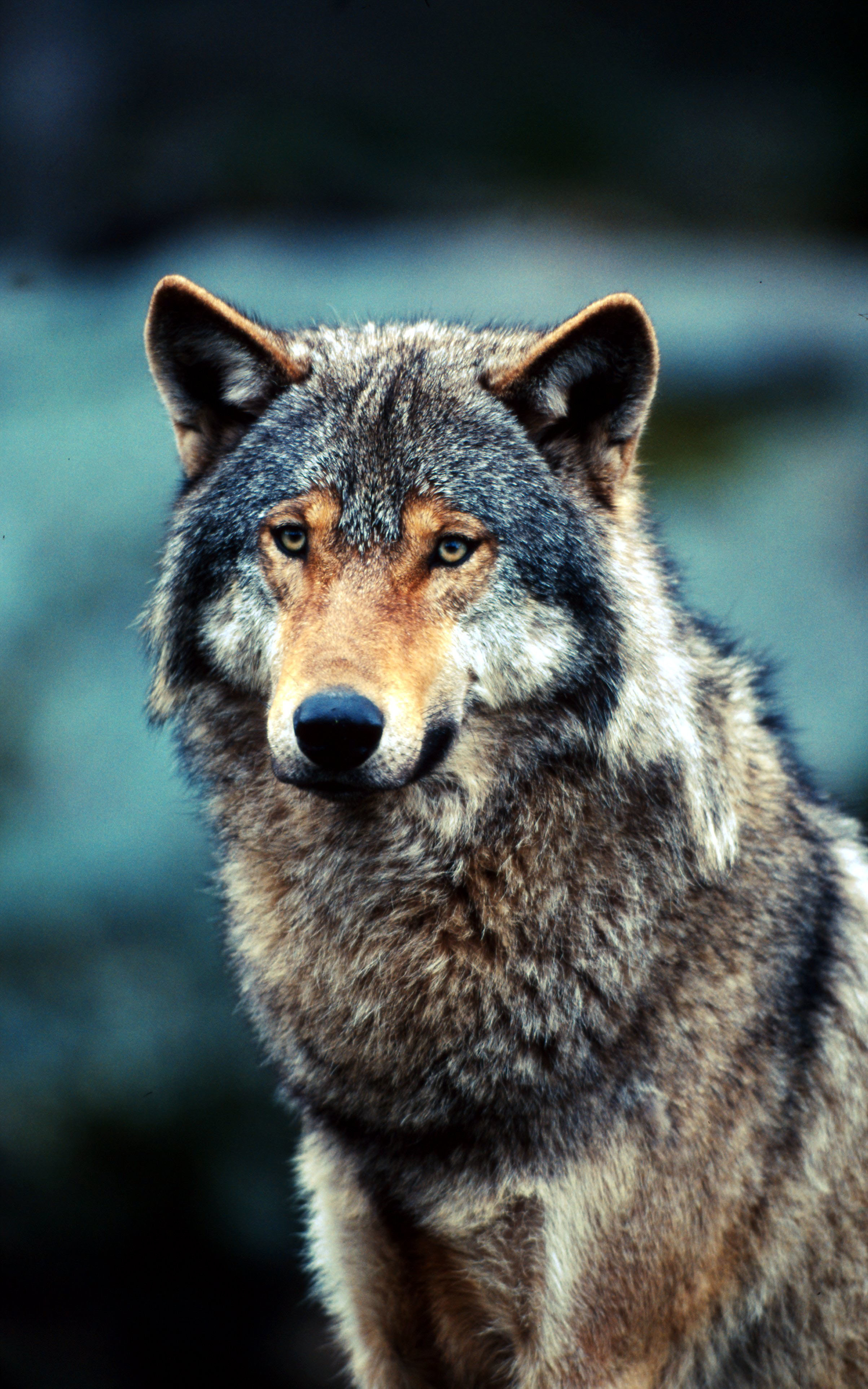ConnectGREEN - Interview: Wolves are returning to their former territories, but human infrastructures cause problems
17-04-2019
Wolves and all of the species returning to their old territories face the same problem – the rapidly expanding human infrastructure such as roads, railways and settlements which criss-cross their migration corridors. Barriers can affect the health and genetic diversity of a wolf population in an area. Are the researchers and conservation experts focusing on that problem? We’ve found some answers from Jerguš Tesák, expert of WWF Slovakia. He is responsible for projects improving co-existence between humans and large carnivores, including monitoring, conflict mitigation, damage prevention and sharing best management practices across Europe.

©Archiv CARPATICA
Q: Historically, wolves were present throughout all of Slovakia. In fact, wolves inhabited the entire Northern Hemisphere, Mexico and even the Arabian Peninsula. Long ago, people even believed that wolves could protect them from demons. Why did humans change their attitude?
A: Land use changed. Human land demands increased and continue to increase. The global population rose, cities grew, and intensive agriculture replaced sustainable farming. Wolves, that had until then been living in inaccessible, deeply forested areas began to come into contact with humans and their domesticated animals more often. Wolves became the enemies of both ordinary people and for nobility as well. Both aristocrats and wolves hunted the same pray – deer. Wolves almost completely disappeared from Europe. People killed them using nets, traps, holes and in the recent past, even poison. Nobody perceived wolves as an integral part of nature.
Q: But wolfs are coming back to Europe. What is crucial for their successful “reappearance”?
 A: There are a few species returning to their old territories - beavers, lynx, wolves... but all of them face the same massive problem – the rapidly expanding human infrastructure such as roads, railways and settlements which criss-cross their migration corridors. A successful wolf “come back” depends on the intensity of land use and human activity. For example, how often do people visit the protected sites? How many roads are there? Are the sanctuaries free from human disturbance? This last condition is vital for raising wolf pups. Wolves need enormous spaces for rest as well as migration, at least 150-300 km2 per pack. Everything necessary for their existence must be contained within this area – meadows, forests, rivers, hunting areas, and safe and quiet places for dens. Otherwise, wolves cannot utilise the site - they can only wander through it.
A: There are a few species returning to their old territories - beavers, lynx, wolves... but all of them face the same massive problem – the rapidly expanding human infrastructure such as roads, railways and settlements which criss-cross their migration corridors. A successful wolf “come back” depends on the intensity of land use and human activity. For example, how often do people visit the protected sites? How many roads are there? Are the sanctuaries free from human disturbance? This last condition is vital for raising wolf pups. Wolves need enormous spaces for rest as well as migration, at least 150-300 km2 per pack. Everything necessary for their existence must be contained within this area – meadows, forests, rivers, hunting areas, and safe and quiet places for dens. Otherwise, wolves cannot utilise the site - they can only wander through it.
VIDEO Wolf pups playing in Muranska planina National Park, Slovakia
Q: ConnectGREEN is a new project which will help to improve the situation in Slovakia and other European countries. Barriers can affect the health and genetic diversity of a wolf population in an area. Are the researchers and conservation experts in Slovakia also focusing on that problem?
A: That is a huge concern. Country connectivity doesn’t only mean ecological corridors, but the communication of genes as well. Barriers to genetic migration have been identified in Slovakia, for example near Zilina, where are together railway, roads, river Vah with water reservoir Liptovska Mara and agglomerations. When the bear situation was examined, it was found that the exchange of genes is limited here. But according to the research, the Slovak wolf population is generally healthy. The wolves do not suffer from diseases or genetic disorders. In countries such as Germany, where the wolf population is small, inbreeding may occur. You are right; it is definitely a topic we have to consider. We have to be conscious of the animals’ migration routes and keep them safe and accessible while planning an infrastructural development.
Q: How does a wolf pack live now in winter? Is it different than in summer?
A: In summer, there are better hunting conditions and a pack may split up a bit. Mothers and their pups stay near the dens, and other pack members bring them their meals. Wolf pups have their “playgrounds” at den sites, where older brothers and sisters look after them while they wait for their parents out hunting. In winter, pups are older and the pack migrates for longer distances. The pack is again united and members help each other walking in snow and hunting.
________________________________________________
Interview taken by Andrea Settey Hajduchova, WWF Slovakia
ahajduchova@wwfdcp.org
ConnectGREEN project aims to contribute to maintaining and improving ecological connectivity between natural habitats, especially between Natura 2000 sites and other protected areas of transnational relevance in the Carpathian ecoregion, namely in Czech Republic, Hungary, Romania, Slovakia and Serbia. Partners from various fields of activity - spatial planning, research, government, nature conservation - joined forces to increase capacity for the identification and management of ecological corridors and to minimize conflicts between infrastructure development and wildlife conservation.
Foto2: Chris Martin Bahr/WWF
For further information about the ConnectGREEN Project, please contact Mr. Cristian Remus Papp, cpapp@wwfdcp.ro
